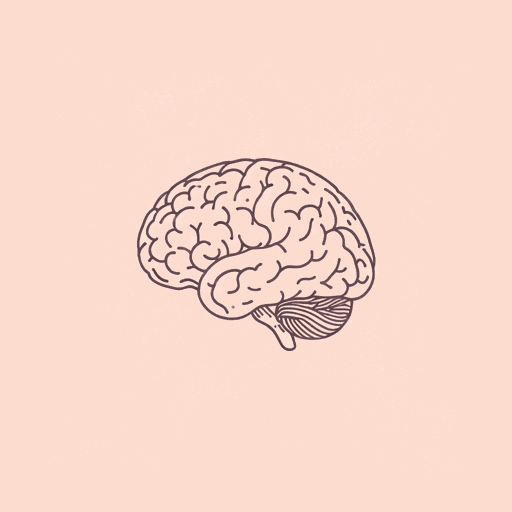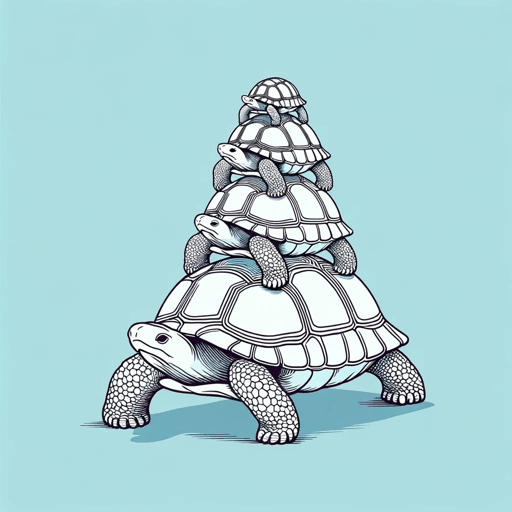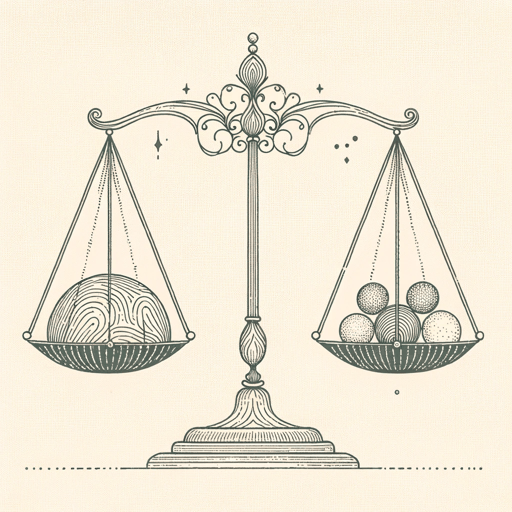92 pages • 3 hours read
Robert M. SapolskyBehave: The Biology of Humans at Our Best and Worst
Nonfiction | Book | Adult | Published in 2017A modern alternative to SparkNotes and CliffsNotes, SuperSummary offers high-quality Study Guides with detailed chapter summaries and analysis of major themes, characters, and more.
Chapter 7Chapter Summaries & Analyses
Chapter 7 Summary & Analysis: “Back to the Crib, Back to the Womb”
Now that we see how brain development impacts adolescent behavior, we work back further to brain development in utero and infancy. This chapter primarily focuses on a field of psychology known as developmental psychology: the study of how the brain changes as we age.
Cognitive Development in Childhood
A few weeks after conception, a wave of neurons is born in the embryo. At 20 weeks, synapses between neurons begin to form. From here, brain development progresses in several stages, continuing well after birth.
To understand how we develop psychologically over time, Sapolsky cites Piaget’s four stages of cognitive development. Piaget is the father of the field of developmental psychology, and his “four stages” is the classic model for understanding how the complexity of our thought changes as we grow up.
In toddler years, we first begin to realize we are separate from others, forming “ego boundaries.” Around nine months old, we also develop Theory of Mind (ToM), the understanding that others have different knowledge than ourselves. ToM slowly develops toward the understanding that individuals have different feelings. Empathy then begins, with perspective-taking channeled through your own motor and pain production systems—that would hurt me, they must be in pain—which gives way to understanding emotional pain.
Related Titles
By Robert M. Sapolsky




